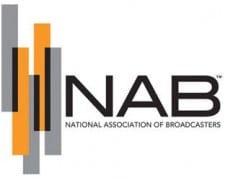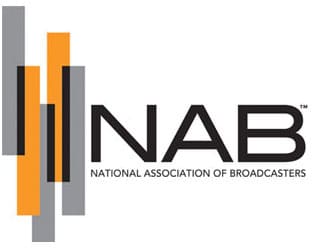 The NAB has pledged its full cooperation with the FCC to make the incentive spectrum auction in the television space work for all parties. But it that necessitates hitting the brakes and slowing the process to get it done properly, so be it. In new comments, NAB addressed three key areas of concern.
The NAB has pledged its full cooperation with the FCC to make the incentive spectrum auction in the television space work for all parties. But it that necessitates hitting the brakes and slowing the process to get it done properly, so be it. In new comments, NAB addressed three key areas of concern.
In a meeting with reporters, Gordon Smith and Rick Kaplan laid out the NAB’s concerns.
Smith said of the project, “It is of enormous consequence to the American people.” He noted the recent agreement between the NAB and members of the wireless community on the structure of the broadcast neighborhood that will be left in the wake of auctions as a very positive development that should underscore for the FCC the desire of stakeholders to make the auctions work to the advantage of all concerned.
Kaplan said, “We’re serious players here, we’re in the conversation” and added that the foremost experts on the topic of channel repacking are in the employ of the NAB, particular since its merger with the Association of Maximum Service Television. He said the FCC is aware of this and will likely be happy to draw on NAB’s expertise.
That said, both Smith and Kaplan warned that the 2014 kickoff date currently being targeted may be extremely optimistic – but on the plus side, they said they believe the FCC is aware of that as well.
The big hold-up could very well come under the heading of the first concern: the channel repacking process. In particular, the necessity of negotiating treaties with Canada and Mexico could easily stretch beyond 2014, according to Kaplan’s estimation. Otherwise, many northern markets would have to simply skip the auctions leaving potentially billions in auction revenue unrealized.
Smith noted that the complexities of this issue can not be overemphasized, saying that television is an emotional issue for citizens on both sides of the border, and further noting that 90% of the population of Canada is located within ten miles of the USA.
Repacking in general is a complex issue. Kaplan said it took five years to figure out to move stations prior to the DTV transition, and said this time around the project is much more complicated.
On the topic of the band plan, Kaplan noted the importance of avoiding a channel-sharing model that provides for variable use of a given channel. He said it is hard enough for television stations to share a channel with other television stations – asking television and wireless operations to share a channel is “technically and practically” unworkable.
He said by way of explanation, if there is a television station using Channel 48 in New York, the FCC cannot allocate the same channel to a wireless operation in Philadelphia. Wherever the channel cutoff is, it must be on a national basis.
The third area of concern is the Broadcaster Relocation Fund, the $1.75B Congress allocated to make sure stations forced to move as part of the repacking project. It believes there is ample money in the fund to cover as many as 500 stations (and hopes the number of forced emigrants is far lower), but it wants the FCC to deem the fund as part of the auction, not something that takes place afterwards; and further, wants an independent administrator to handle it, since it falls outside the FCC’s area of expertise.
Kaplan said that NAB has no clue where the channel cutoff between television and wireless may wind up – the highest TV channel now in the wake of the DTV transition is 51. Neither did Kaplan or Smith know how many television licensees were willing to give up spectrum beyond the 39 anonymous members of the “coalition of the willing.”
The Executive Summary of the NAB’s comments to the FCC can be read here:
http://www.nab.org/documents/newsRoom/pdfs/012513_IA_Executive_Summary.pdf





